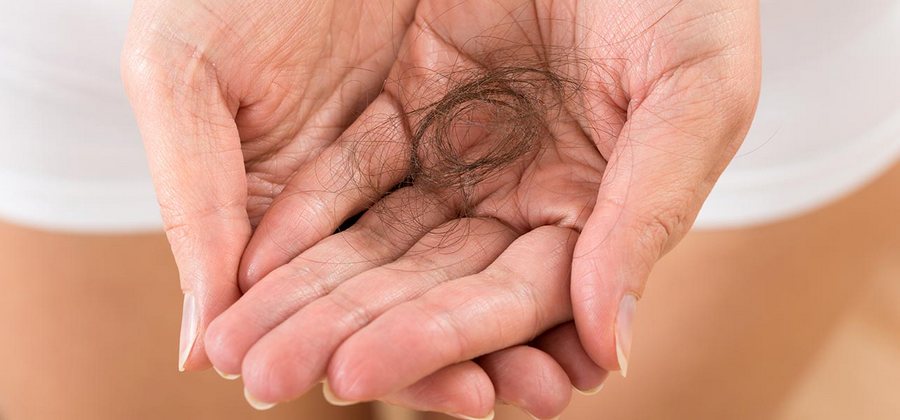Propecia For Treating Male Pattern Baldness
Propecia is a drug used for the treatment of androgenetic (hereditary) alopecia in men. This is one of the two drugs, clinical efficacy, and safety of which was confirmed by clinical trials.
Androgenetic alopecia (95% of all cases of male baldness) is a pathological hair loss at men in frontal and parietal areas of the head. The reason for this is genetic dihydrotestosterone level increase (testosterone active form) in blood at men. This substance accumulation in hair follicles leads to disruption of their nutrition, hair thinning and discoloration. That is how bald patches are formed. In the absence of alopecia treatment hair follicles completely lose their function, are overgrown by connective tissue, damaged hair fall out.
How Does Propecia Work?

Drug active ingredient is finasteride – an inhibitor of the enzyme that converts testosterone into its active form – dihydrotestosterone. Finasteride is used since 1992 in urological practice for benign prostatic hyperplasia treatment in 5 mg/day dosage. In 1998, low dose of the same compound (1 mg/day) effectiveness has been proved concerning hair growth.
With long-term (3 – 6 months) daily intake of 1 mg, the drug is slowing down testosterone conversion into dihydrotestosterone, restores hair follicles nutrition and stimulates hair growth. Since finasteride does not affect enzymes production in the body, but only inhibits their function, the therapeutic effect of the drug is maintained only during the treatment course. Due to extremely small daily doses, the drug is devoid of side effects, including those related to the prostate gland, and can be applied according to doctor prescription throughout life.
Which Dosage of Propecia Do I Need?
The drug should be taken regularly, 1 pill a day, with water, regardless of the meal, but not on an empty stomach. Only under doctor’s supervision, dosage may be adjusted depending on the clinical situation. If drug reception was unconsciously missed, dosage increase during next reception is not indicated.
Therapeutic effect is manifested after a long period of treatment, but not earlier than 3 months of constant use (sometimes – 6-8 months). This is explained by hair follicles trophism recovery period and hair growth normal rate (approximately 1 cm per month). After the drug withdrawal hair return to the original state in a period of several months to one year.
Contraindications
Contraindications to drug use for men are almost none. However, before application, it is necessary to consult a doctor.
The drug is absolutely not effective for women suffering from hair loss. Moreover, its application during pregnancy can cause fetus congenital malformations development.
Possible Side Effects
 When properly received, i. e. without exceeding standard daily dose, side effects almost never occur and are of temporary character. Very rare not dangerous for male health states can occur, such as decreased libido, reversible erectile dysfunction, sperm quantity reduction. Note that when using Propecia blood test for PSA (prostatic specific antigen, prostate cancer marker) can give a false-positive result. Therefore, for any genitourinary system functions examination, in order to avoid false diagnosis, it is necessary to inform the doctor about taking the drug.
When properly received, i. e. without exceeding standard daily dose, side effects almost never occur and are of temporary character. Very rare not dangerous for male health states can occur, such as decreased libido, reversible erectile dysfunction, sperm quantity reduction. Note that when using Propecia blood test for PSA (prostatic specific antigen, prostate cancer marker) can give a false-positive result. Therefore, for any genitourinary system functions examination, in order to avoid false diagnosis, it is necessary to inform the doctor about taking the drug.
US Food and Drug Administration (FDA) expands the list of warnings about finasteride drug side effects, applied for androgenetic alopecia treatment. FDA received information that a number of patients have retained sexual side effects after therapy discontinuation.
As said above, finasteride is the main Propecia drug ingredient and its generics.
Finasteride can cause various side effects, but after drug discontinuation, only sexual side effects (including reduced libido, ejaculate decrease, ejaculation disorders, in very rare cases – impotence) can remain.
Drug instructions now contain warning about reduced libido. It also has information about cases of male infertility on the background of drug reception – but these violations took place after drug withdrawal.







